
The modern names of Krkonoše (Czech), Riesengebirge (German) and Karkonosze (Polish) became widely accepted only in the 19th century. The range is also often referred to in English as the “Giant Mountains”.
The Czech name “Krkonoše” is first mentioned (in the singular, as “Krkonoš”) in a 1492 record of the division of the Manor of Štěpanice into two parts. The first map occurrence of the name dates back to 1518 to Klaudyán map of Bohemia, when it is referred to the mountains as “Krkonoss”. The origin of the name is usually interpreted as a compound of “krk” or “krak” – an Old Slavonic word for Krummholz (a reference to the local vegetation) – and “noš” – derived from “nosit” (to carry). Alternative linguistic theories mention a connection with the pre-Indo-European word Corconti, which is first listed by Ptolemy and refers to a pre-Celtic or Germanic people.
In Simon Hüttel’s chronicle of Trautenau (Trutnov) from 1549 the names Hrisenpergisches Gebirge, Hrisengepirge, Hrisengebirge, Risengepirge appeared for the first time, but in the following centuries several other names were still used too. Martin Helwig’s map of Silesia mentions Riſenberg (Risenberg).
In 1380, Přibík Pulkava called the mountains the Sněžné hory (Snowy Mountains). The Czech writer Bohuslav Balbín recorded in 1679 that the mountains were known under various names: Krkonoše (Cerconossios), Rhipaeos Montes, Obrovski Mountains, Snow Mountains or Riesen Gebirge.
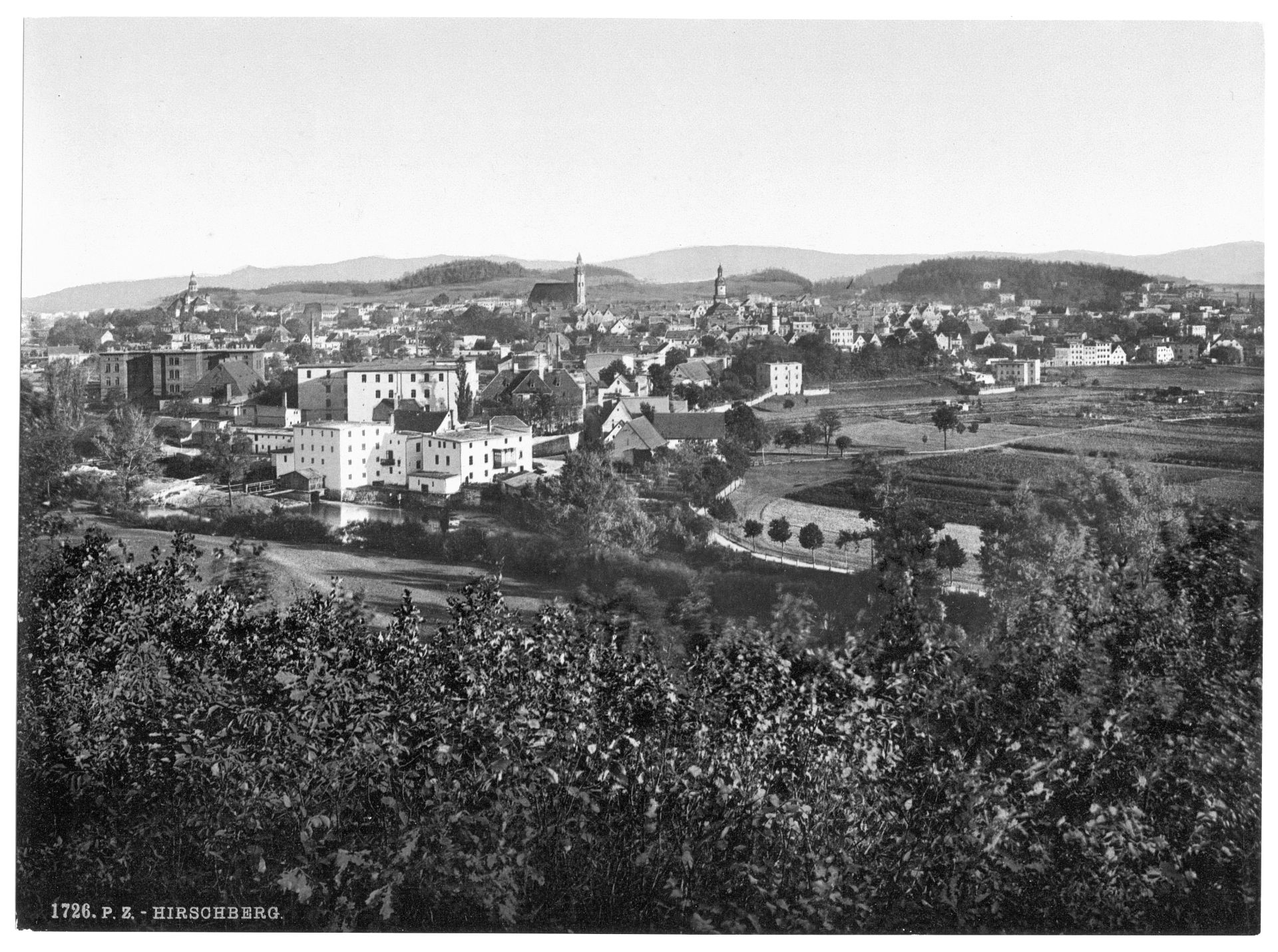
Hirschberg, seen from the Hausberg, Riesengebirge, Germany (i.e., Jelenia Góra, Poland) (1890s)
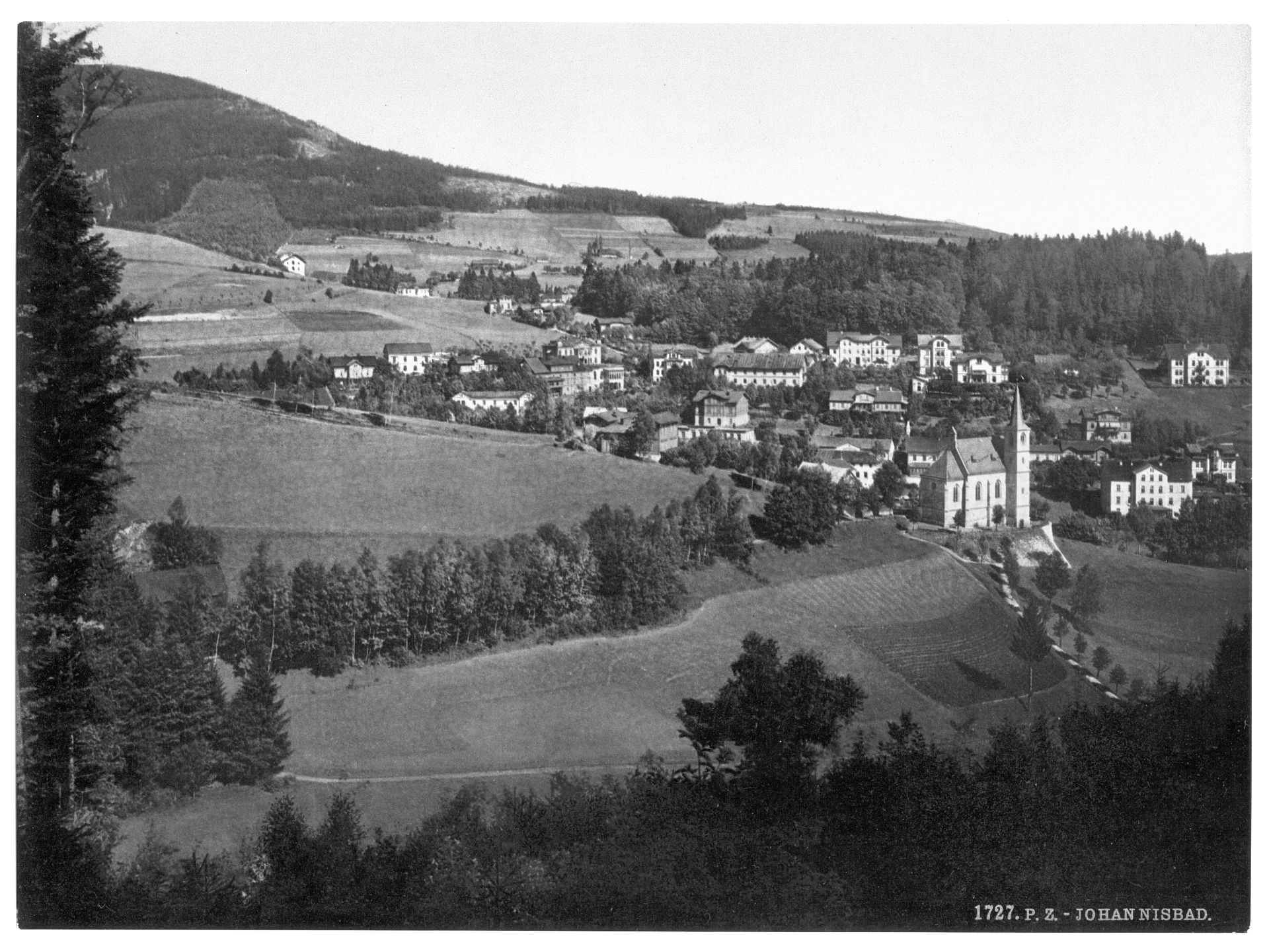
Panorama, Johanisbad, Riesengebirge, Germany (i.e., Janské Lázně dnes, Czech Republic) (1890s)
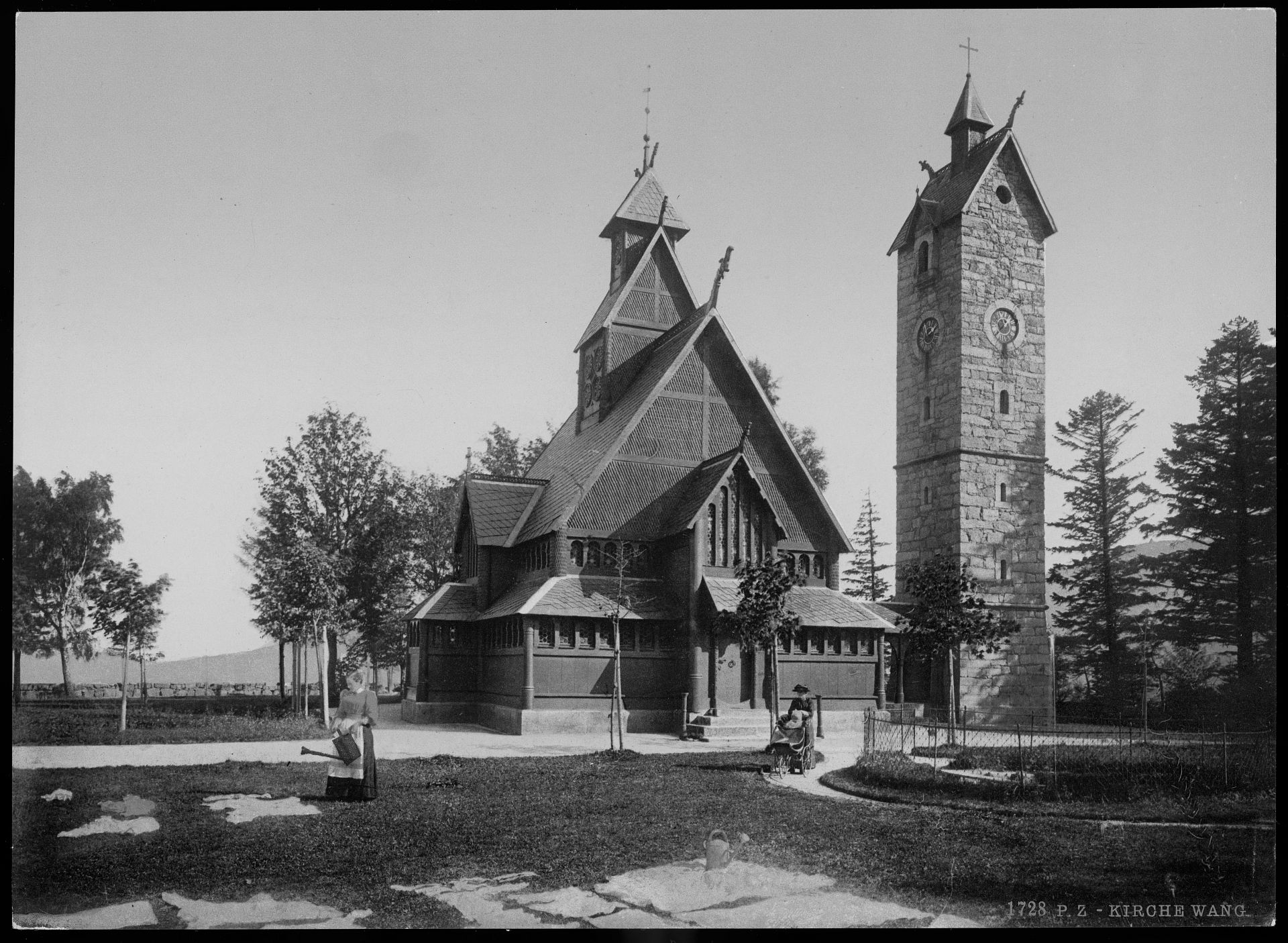
The Church of Wang, Riesengebirge, Germany (1890s)

Krummhubel and Schneekoppe, Riesengebirge, Germany (i.e., Karpacz, Poland) (1890s)
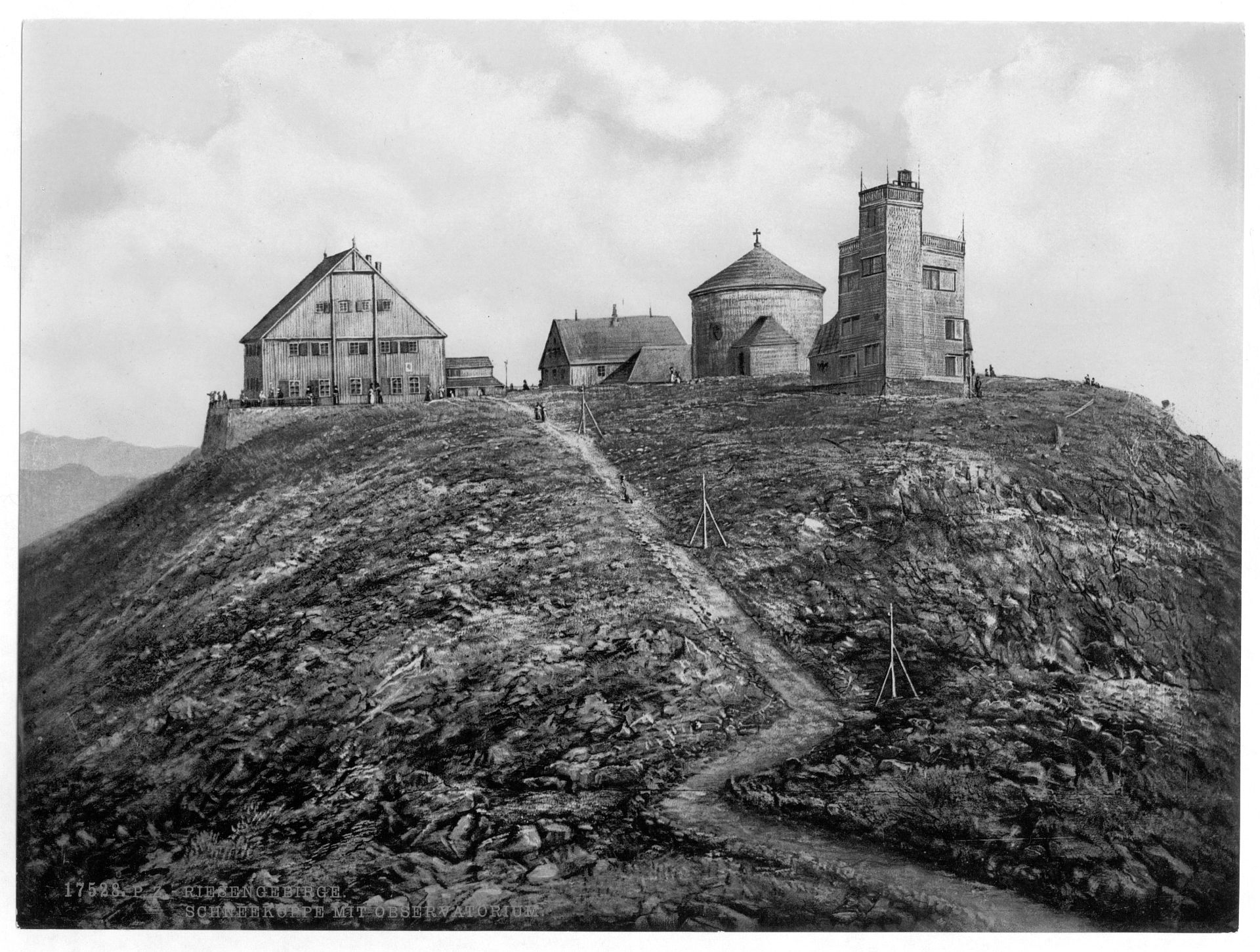
The Schneekoppe and Observatory, Riesengebirge, Germany (1890s)
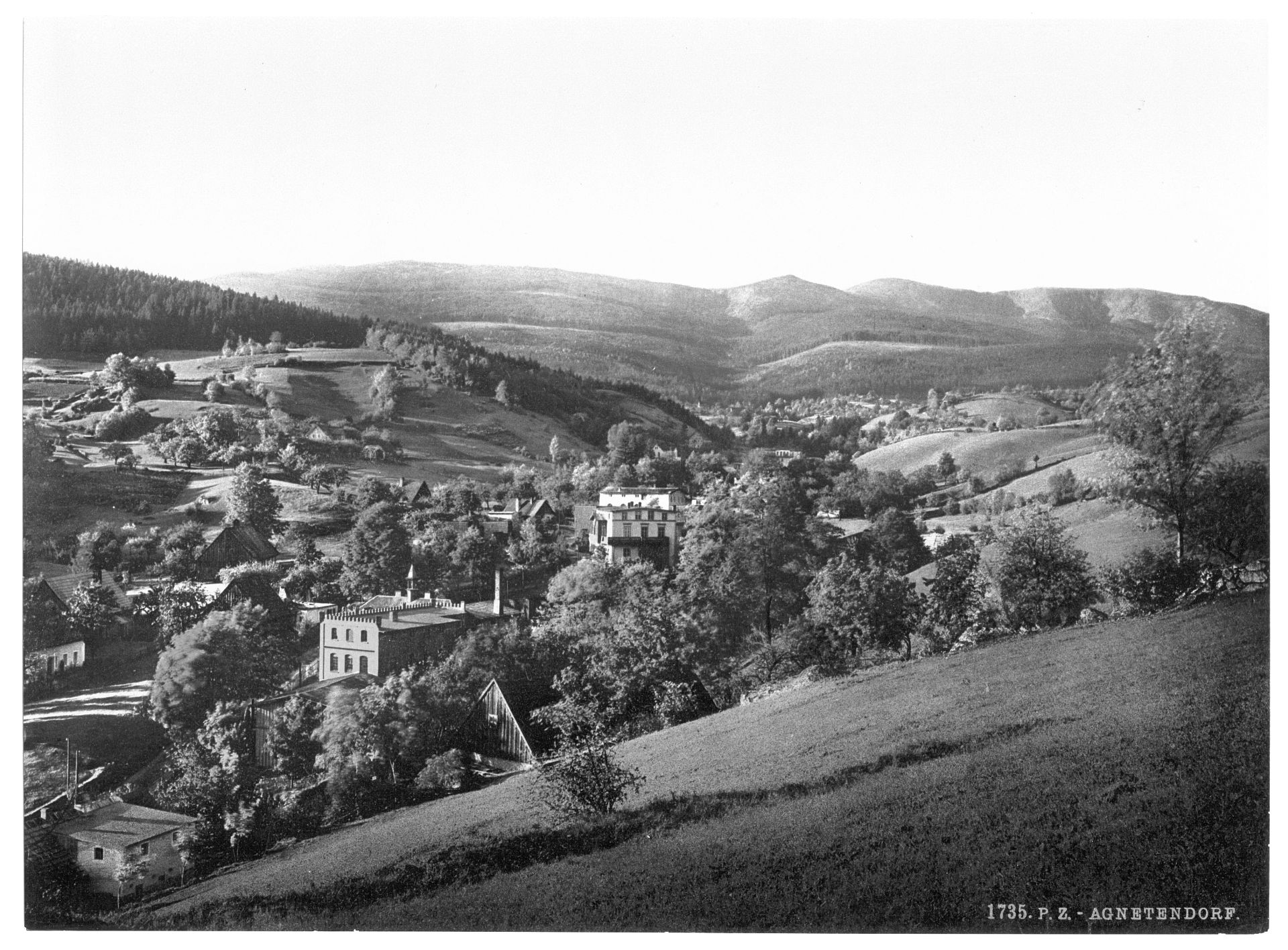
Agnetendorf, towards the Schneegruben, Riesengebirge, Germany (1890s)
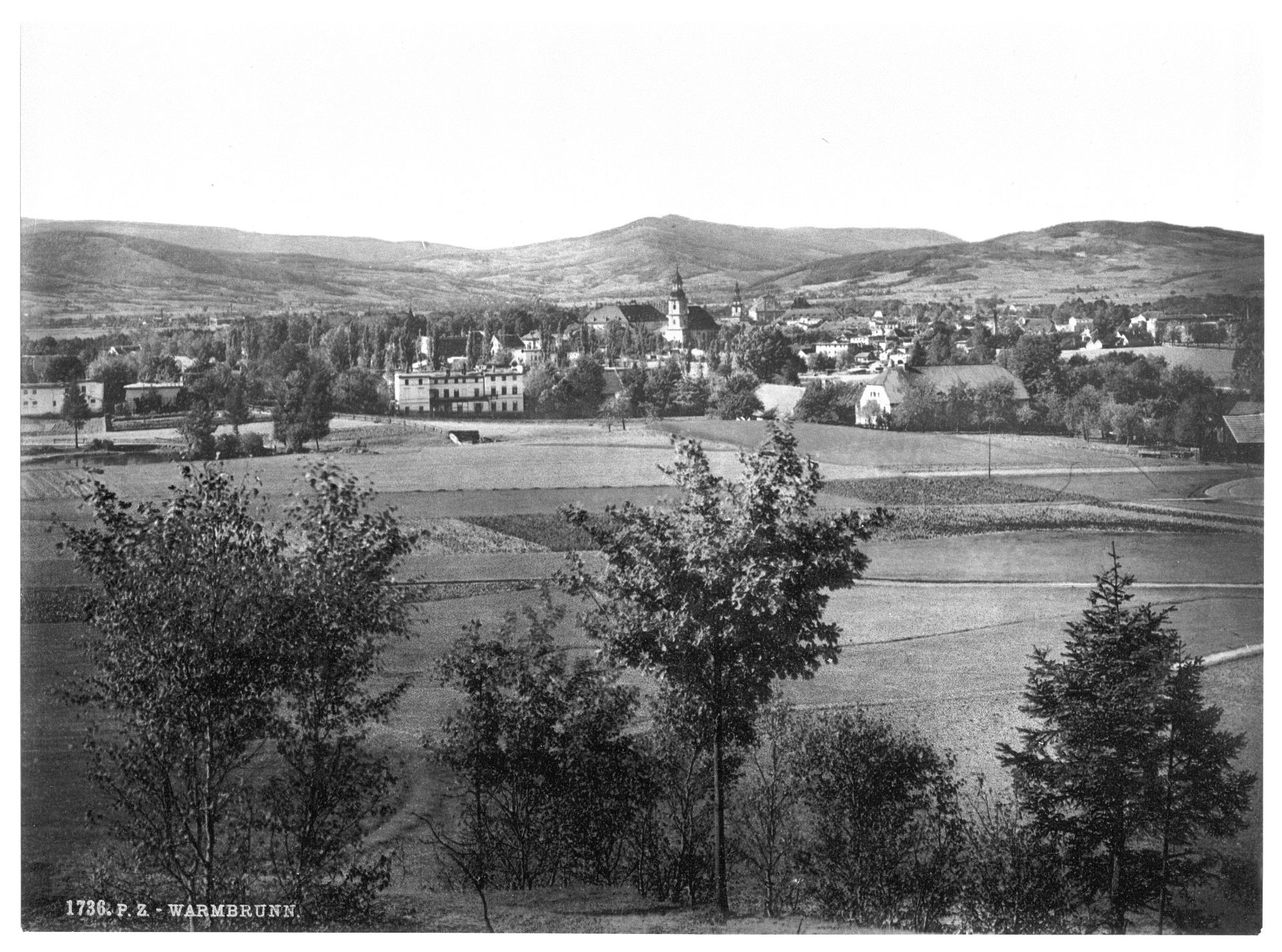
General view, Warmbrunn, Riesengebirge, Germany (i.e., Cieplice Śląskie-Zdrój, Poland) (1890s)
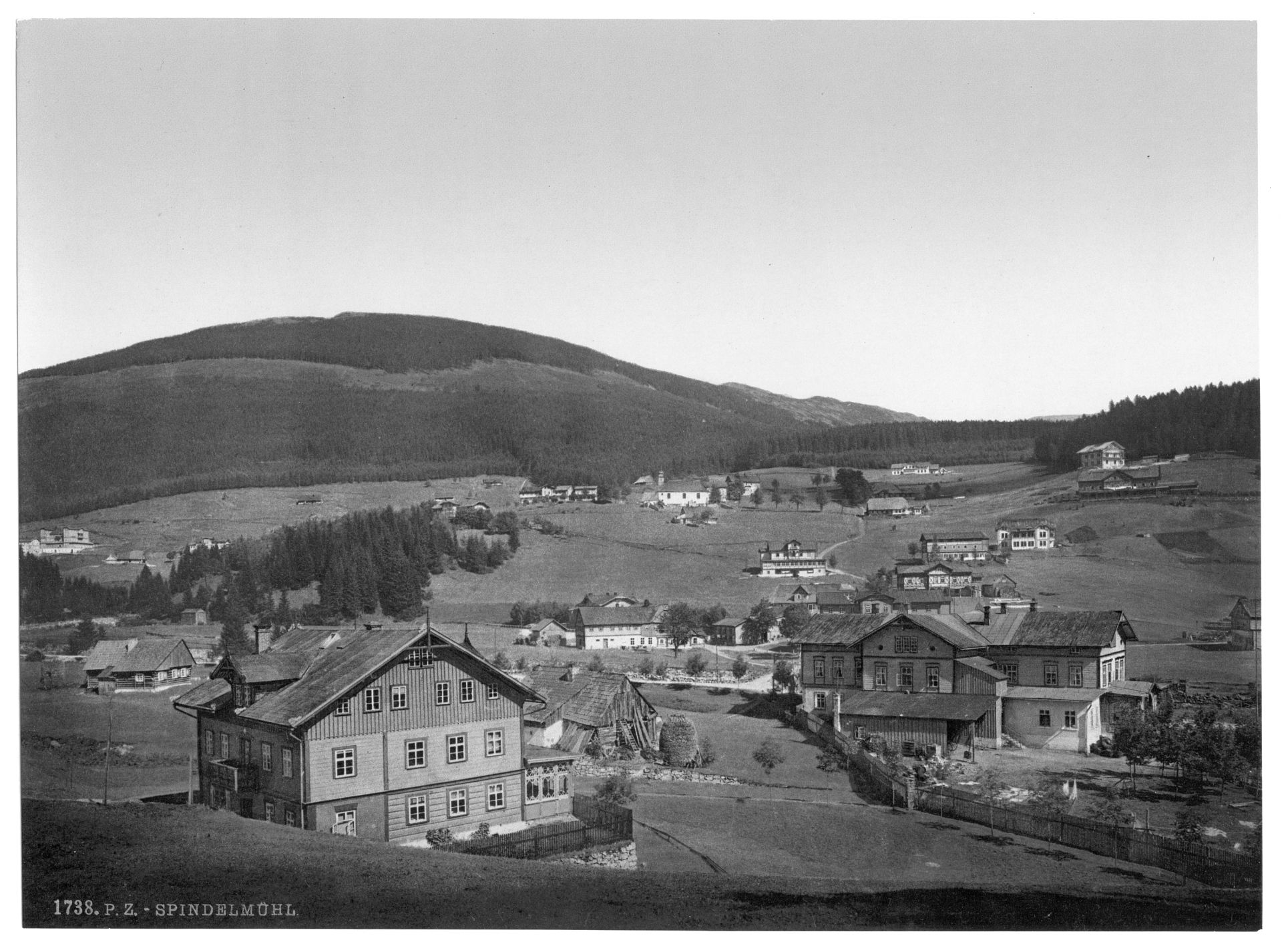
Spindelmuhl, Riesengebirge, Germany (i.e.,Špindlerův Mlýn, Czech Republic) (1890s)

The Royal Castle, Erdmannsdorf, Riesengebirge, Germany (1890s)
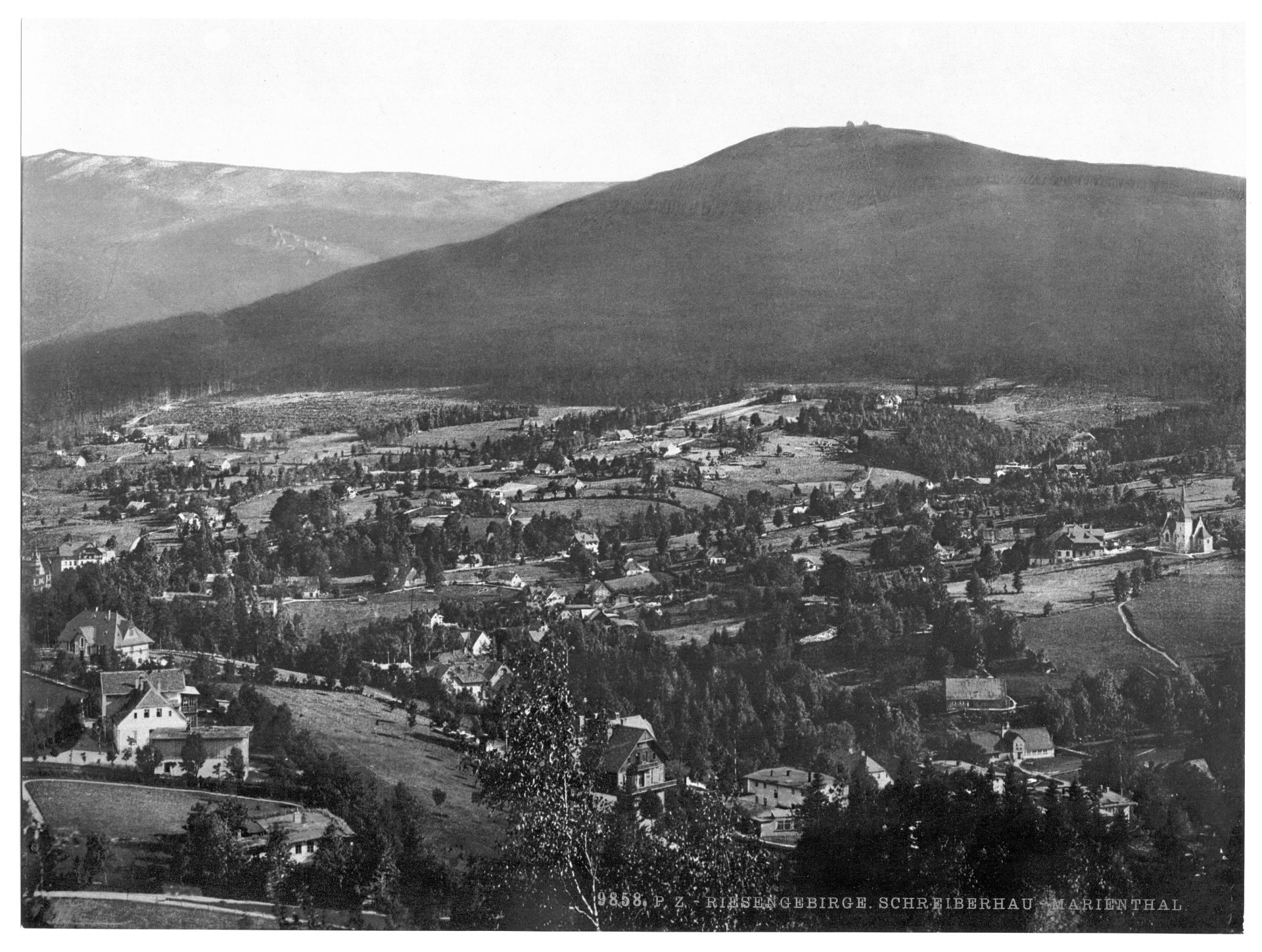
Schreiberhau-Marienthal, Riesengebirge, Germany (i.e., Szklarska Poręba, Poland) (1890s)

Grosser Teich (Large Pond), with the Donop Monument, Riesengebirge, Germany (1890s)
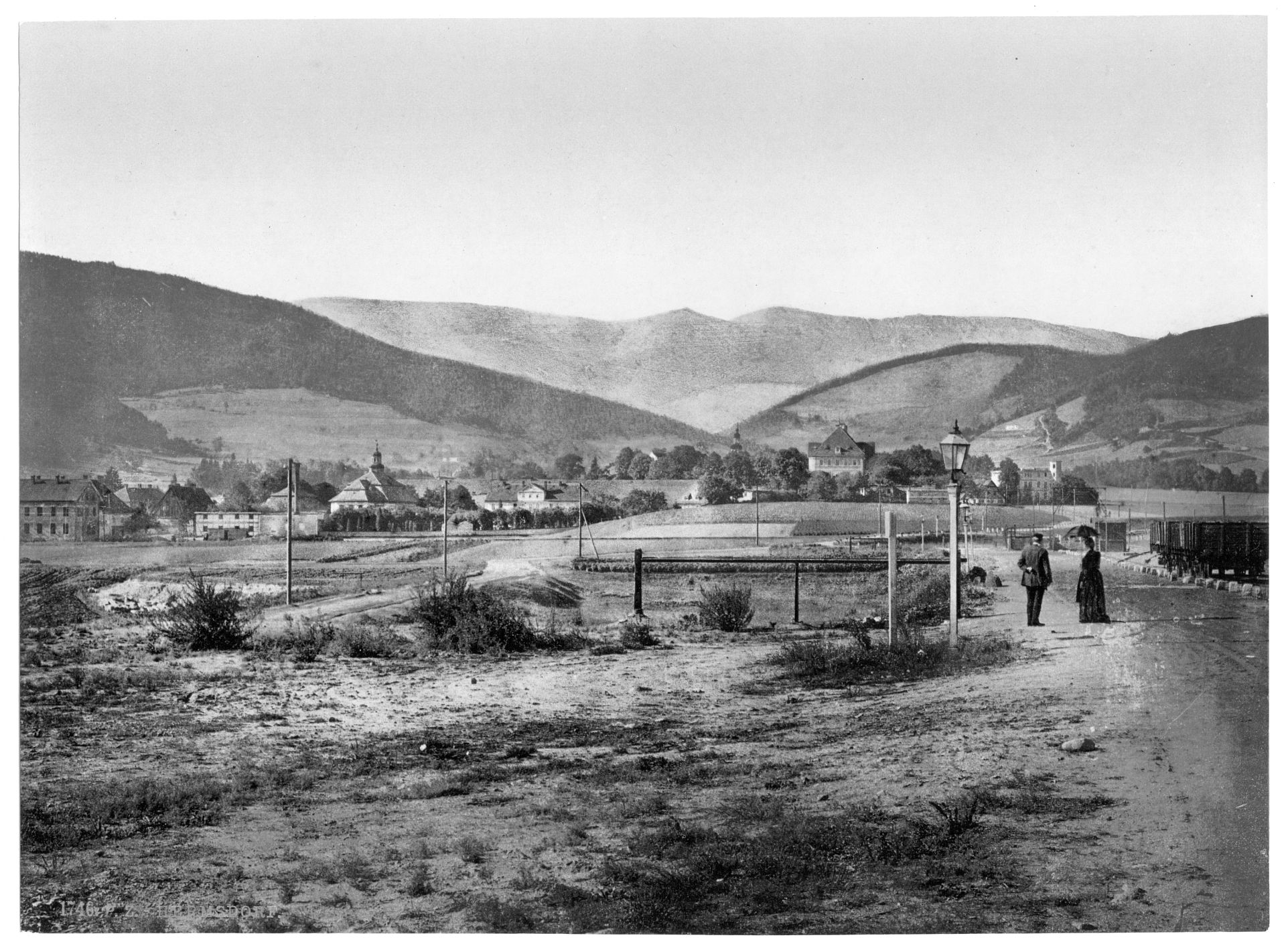
Hermsdorf, below the Kynast, with the Hochgebirge, Riesengebirge, Germany (i.e., Sobiecin, Poland) (1890s)
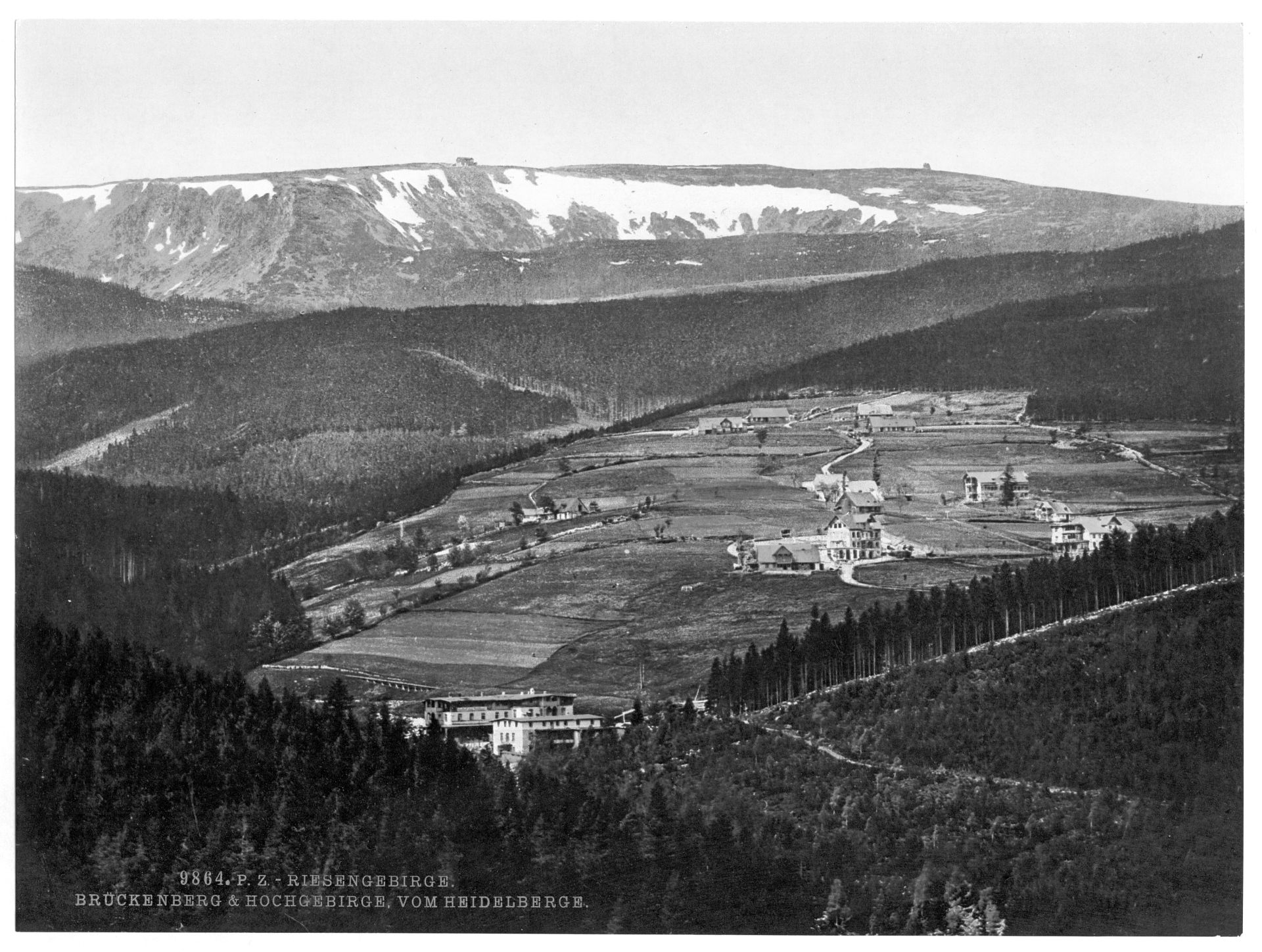
From Heidelberg, Riesengebirge, Germany (1890s)
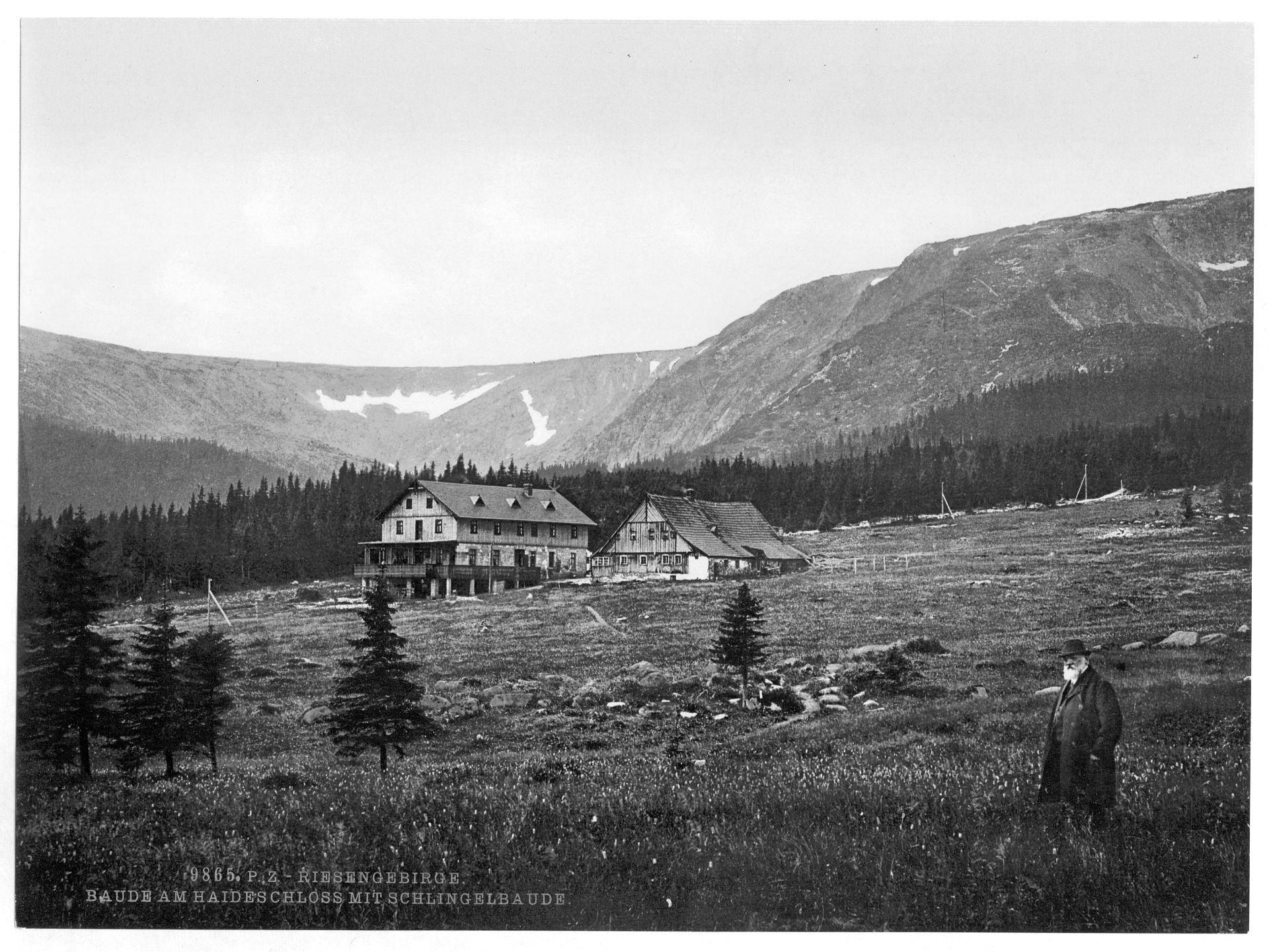
Haideschloss and Schingelbaude, Riesengebirge, Germany (1890s)
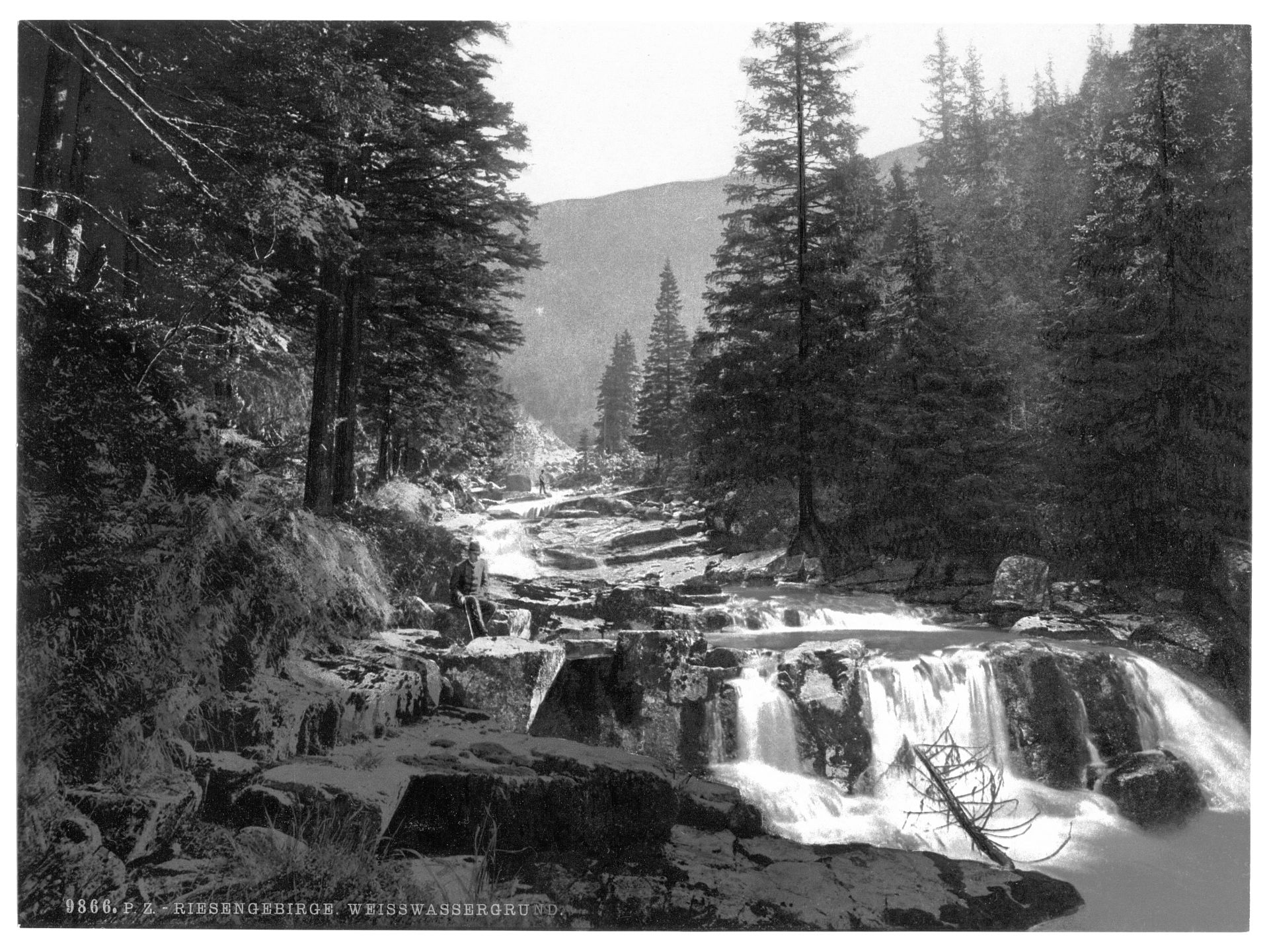
Weisswassergrund, Riesengebirge, Germany (1890s)